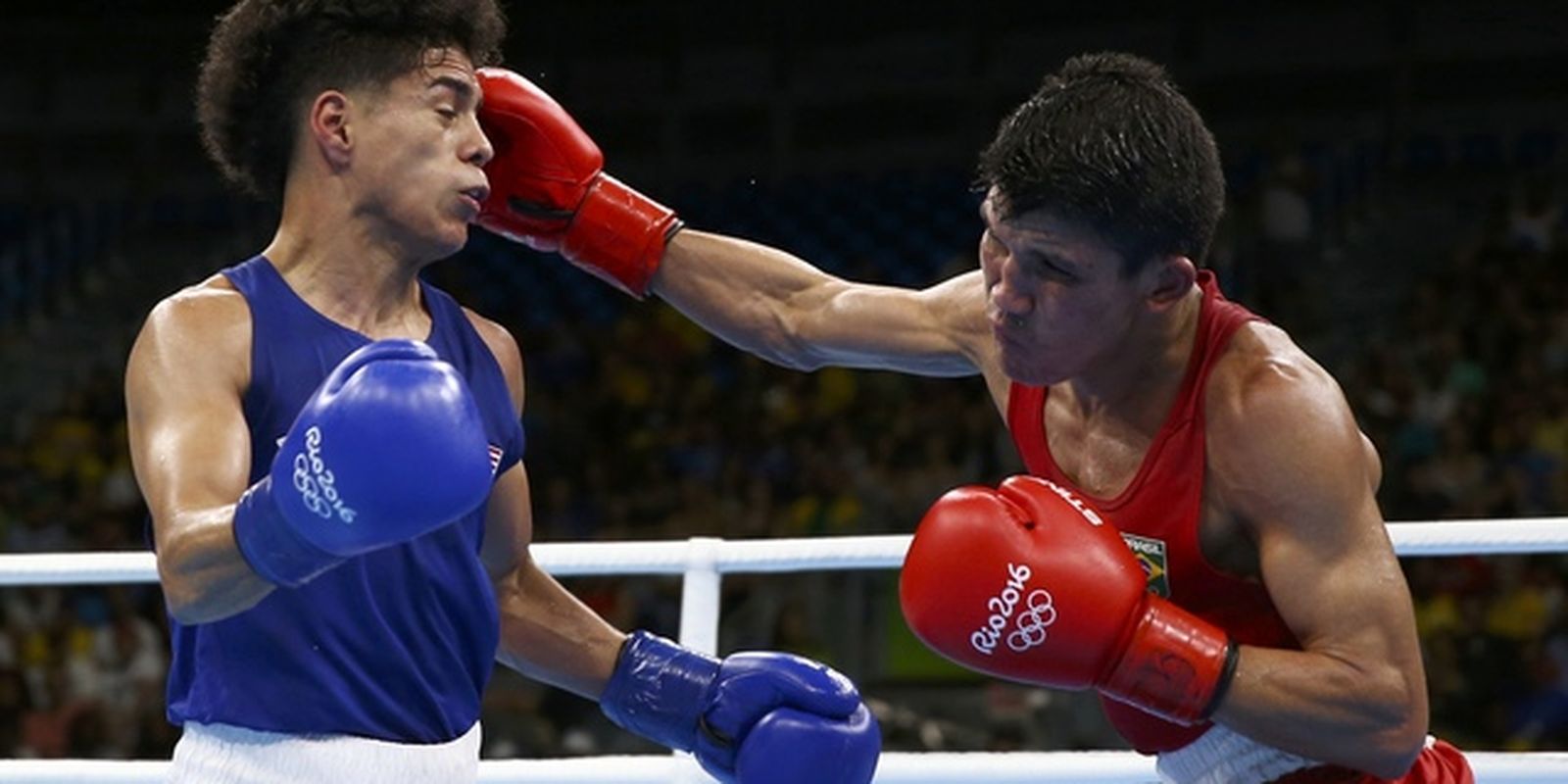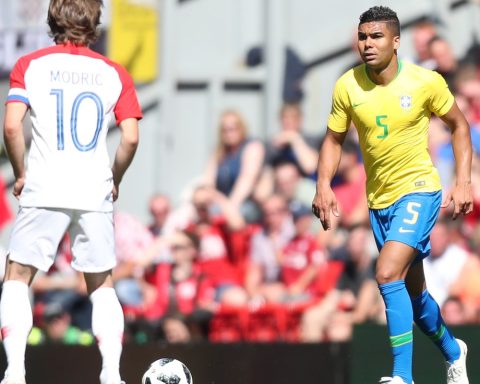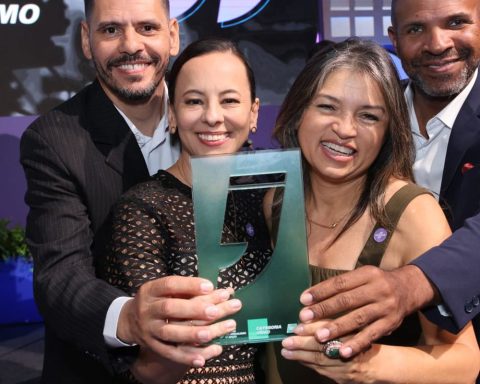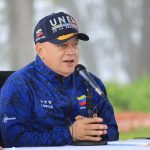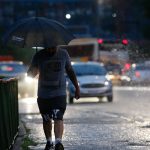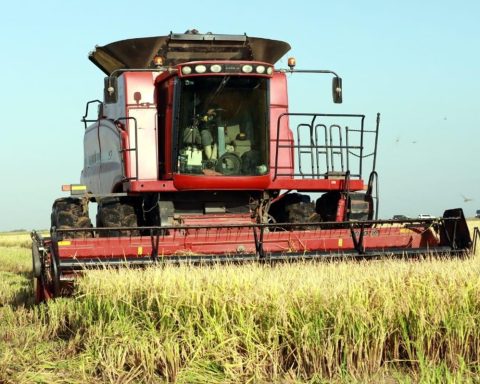The death of José Adilson Rodrigues dos Santos, known as Maguila, completed one month last Sunday (24). The death of the former boxer, at the age of 66, brought discussions about Chronic Traumatic Encephalopathy (CTE) to the surface again, a degenerative disease with which the world boxing champion lived for almost two decades, which affects brain cells through repeated impacts to the head. The advancement of studies regarding the pathology, aided by brain donation, has led the sport to develop protocols to minimize trauma.
“Nowadays, in football schools in the United States, children don’t train heading until a certain age,” he told Brazil Agency the coordinator of the Scientific Department of Cranioencephalic Injury at the Brazilian Academy of Neurology (ABN), Maria Elisabeth Ferraz.
“Avoiding early headers at school, at recreation, is a great measure [de prevenção]. Why subject your child to headbutting from a young age? Even for those who practice boxing or other martial arts, it is not necessary to actually come to blows during training. Why kick or punch yourself in the head if it’s just movement training? This type of thing should be avoided as much as possible, or at least offered the information that recurrent head trauma can lead to these events. [ETC]so that the person, with the information, can choose what to do”, added the neurologist.
THE Brazil Agency He reached out to some sports institutions to find out how the concussion protocol works. One of them was the Brazilian Olympic Committee (COB). According to Rodrigo Sasson, the entity’s doctor, the COB follows the model called SCAT (acronym in English for Sports Concussion Assessment Tool), also standard in the International Olympic Committee (IOC) and the International Football Federation (Fifa).
“[O protocolo] It starts with stratification. We have the base [quantidade de energia necessária para manutenção das funções vitais] of all athletes, assessment of motor coordination, reflexes, memory. There are even protocols for preventing muscle preparation in the cervical region. This protocol is reviewed annually. The last review was before [dos Jogos Olímpicos] from Paris [França]”, explained Sasson.
SCAT is also the tool used by the Brazilian Paralympic Committee (CPB). According to the chief medical officer, Hesojy Gley, the organization follows guidelines related to preventing the second injury of concussion, which can cause serious brain damage. The expert, however, highlighted that adapted sports have peculiar characteristics for evaluating athletes.
“One of the biggest difficulties is in sports for the blind, like football. Those characteristics that depend on visual stimuli cannot be used. It is essential that the multidisciplinary team knows the motor dynamics of each athlete, so that, when there is a head trauma, a concussion can be diagnosed. That it can be assessed, in addition to the risk of acute concussion, whether the athlete has lost valences, fine neurological characteristics, which denote a more serious concussion or one that has not yet recovered”, detailed Gley.
“This concern was brought to the forefront at the Tokyo Games [Japão, em 2021]in which Ibsa itself [sigla em inglês para Federação Internacional de Esporte para Cegos] added a concussion substitution [no futebol de cegos]. The athlete diagnosed with concussion by the doctor is obliged to stay out for three minutes. If he himself returns to the field, the substitution [são permitidas seis trocas por tempo de jogo a cada time] it doesn’t count”, he amended.
One of the sports with the highest risk of cranial impact is rugby, due to the possibility of high-speed collisions. According to Lúcia Deibler, medical director of the Player Welfare Program at the Brazilian Confederation (CBRu), the modality works together with the NFL (main American football league in the world) to enhance studies and compare data in the area of concussion. The agenda, according to her, is part of one of the World Rugby (international federation) task forces in the health area.
“Today, we know that the tackled player [que está com posse da bola e sofre o tackle, ou seja, é derrubado pelos adversários] suffers less concussion than the tackler [atleta que realiza o tackle]. Therefore, we come up with some laws and rules to lower the level of tackling as much as possible. We also know that there are three basic mechanisms that result in concussion: directly to the head, in another area of the body or simply a change of direction”, described Lúcia, who recently participated in the annual World Rugby medical conference in Lisbon (Portugal).
“Within these studies, we have two basic actions when a concussion is identified or suspected. The first is to recognize and remove: the athlete leaves training or a game and does not return until the 21 days of the return protocol have been completed. Another system is the HIA [head injury assessment, ou avaliação de lesão na cabeça, na tradução literal do inglês]carried out in four stages: immediately after the injury, two days after the match, between 36 and 48 hours after the event and when the athlete is about to return”, continued the doctor.
And in football? The International Football Association Board (Ifab), the entity responsible for the rules of the sport, approved, in March, a new concussion protocol, which, here, has already been adopted from Series A and B of the Brazilian Men’s Championship. The measure authorizes an extra substitution for the team that had the player hit in the head. A red card must be handed to the fourth referee by someone on the bench. The departure of an athlete due to brain trauma gives the opposing team the right to also make an extra change.
According to the protocol used by the Brazilian Football Confederation (CBF), in the case of athletes from the same team colliding and both having identified symptoms of concussion, the extra substitution applies to only one of them. The recommendation is that the other player be removed from the match using one of the five normally allowed changes.
“The protocols have certainly been getting better and better and, little by little, they have been implemented in the day-to-day activities of our professional sport. In the US these days they are much stricter. It’s not like ‘go out for a bit, throw in a cold serum and come back’. The individual is removed and undergoes assessments. Depending on the condition and complaints, you can undergo imaging exams, neuropsychological tests and repeated assessments until, in fact, you are asymptomatic and are allowed to return to sports little by little”, concluded Maria Elisabeth Ferraz, from ABN.
